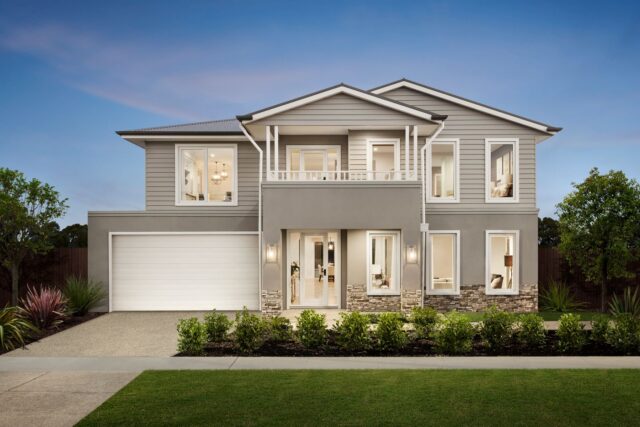
Building your dream home is an exciting time — but the decisions you have to make and the jargon you have to understand can sometimes feel overwhelming.
If you’re looking to purchase a block of land in a new or existing development, you’ll encounter several terms that you need to understand: developer requirements, design guidelines, and covenants. Let’s explore each in turn.
Developer requirements
Every developer has a vision for the estate they are developing – they may focus on sustainability, aesthetics, lifestyle, exclusivity, price, or a combination of these. Most developers want to go beyond building houses – they want to create a community environment where you and your family are safe, happy and have access to amenities such as parks, playgrounds and schools.
To achieve this they use a variety of tools such as featured landscaping, parks, street lights and planting trees. But that’s only part of the story – they also need help from the people in the estate to make it feel like a coherent community. So they set developer requirements, which are specific rules that all purchasers must follow when building their new home. These rules help maintain a consistent visual standard and ‘theme’ throughout the development.
The developer requirements are set out in the estate’s design guidelines.
Design guidelines
If you are building a new home in a land estate, the design of your home will generally be required to stay within the design guidelines that the developer has set out. This ensures the development complements the natural surroundings, enhances the quality and liveability of the community as a whole, and helps owners maximise the value of your investment.
Design guidelines are contractual requirements for a particular estate that are outlined in your contract of sale with the developer. They set out minimum requirements for house designs, landscaping, fencing and how the house is positioned on the land. They can also cover building materials, and encourage sustainability through energy and water efficiency.
Design guidelines help to achieve a consistent standard of built form and ensure every house meets the same expectations that you have for your own home. They help you design your new home with high levels of sustainability, amenity, privacy and streetscape appeal. They control architectural form by regulating the building materials, colours and landscape treatments that can be used.
Most developers still encourage personal expression, as it creates a more vibrant community; however, limiting design options helps to create a more coherent and desirable neighbourhood and community, and ultimately increases the value of your home.
Covenants
A covenant is a set of rules or guidelines established by the developer which guide how you can use and design certain elements on your property. They are designed to create a desired look within an estate, ensuring that a consistent standard of build and design quality is maintained throughout the development.
Covenants are legally binding and can be in place for many years. They can also be enforced by local council and other relevant parties. There may also be government-imposed covenants on your land, such as for flood and fire risk.
Common guidelines and covenants
While they will vary between developments, there are several common restrictions that most estates will impose:
Design
Location
Landscaping
Sustainability
Talk to an expert
It’s important to understand any rules and guidelines, and your obligations, before you purchase a block.
Our friendly team of Fairhaven Homes consultants can help you make sense of your obligations, so you can buy with confidence.
Book a consultation today: www.fairhavenhomes.com.au/1300 FAIRHAVEN / info@fairhavenhomes.com.au
Make your home journey a reality with Fairhaven Homes.
Book a consultation with one of our New Home Consultants or call us on: